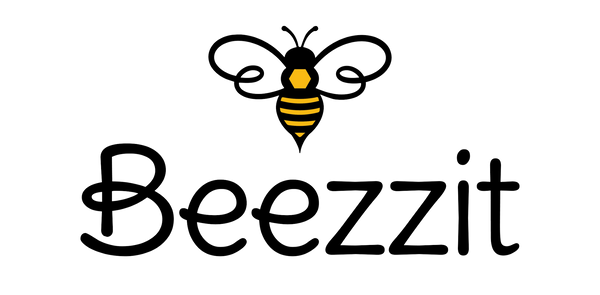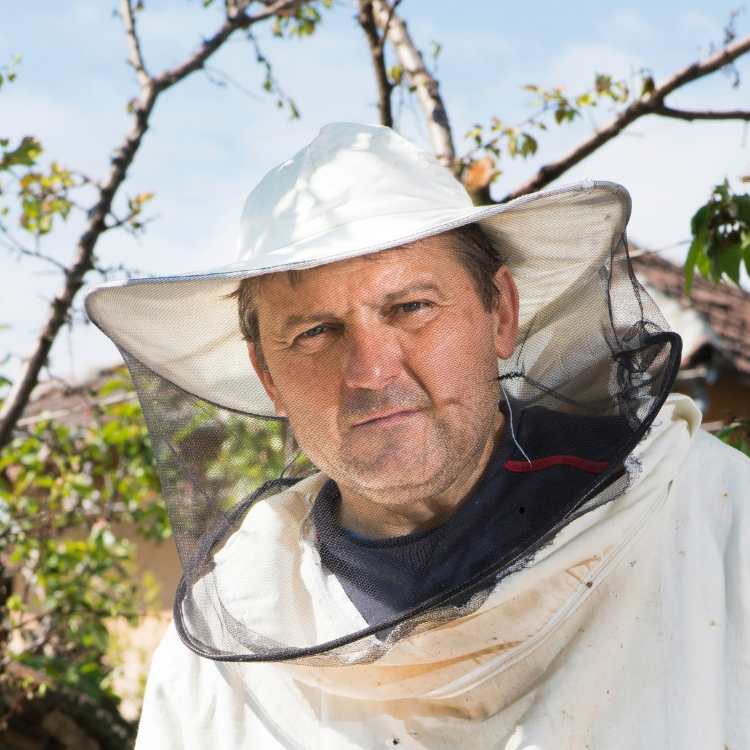Meet the great black wasp (Sphex pensylvanicus). A solitary insect that comes with a striking black look and a plethora of ecological utility. Although due to their size, many people have learned to fear them, they do need more attention from us.
In this detailed look, I will share what makes the Sphex pensylvanicus, or the great black wasp, important as we understand its anatomy, life cycle, behavior, and benefits.
Appearance and anatomy
The black wasp can reach about 1 to 1.5 inches in length. The females are slightly larger. The body has a matte black finish and a narrow “thread-waist” that connects the thorax with the abdomen.
The wings are smoky black with some hints of blue sheen. These are neatly folded along the back of its body. Legs stretch long and sprint. Mandibles lock together, curved and sickle-like, each with a small prong. These mandibles help the great black wasps in hunting and provisioning.

Taxonomy and classification
Members of the Sphecidae family, in the order Hymenoptera, these insects are more closely related to honeybees and ants. In North America, it goes by the name Sphex pensylvanicus.
Despite the common name and appearance, great black wasps behave completely differently from social wasps. They do not live in colonies and lack cooperative nests.
Instead, each female independently builds her own burrows and provisions prey for her offspring.
Preferred habitat
You will find great black wasps pretty much everywhere across the eastern and central United States. They love making their nests in open and sunny areas like prairies, fields, gardens, etc, and are most active from July through September.
These months mark the peak activity. It is when they prefer to hunt, nest and feed on nectar.
The great black wasps visit flowers of milkweed, carrot, bean, and native prairie species, drawn by nectar and pollen.
The life cycle
The great black wasp undergoes a complete metamorphosis process:
- Egg
- Larva
- Pupa
- Adult
After mating, the female will excavate a burrow. She hunts for katydids or grasshoppers, stings them to immobilize them, and drags them into her tunnel for the young.
Typically, one or two prey are added to each chamber of her burrow. Then she lays a single egg on the captured insects, seals the chamber, and moves on to construct more such chambers in the burrow.
Days later, the offspring hatch and consume the provisions inside the sealed chamber and pupate. They then emerge from the chamber weeks or months later.
Each female repeats this cycle multiple times in a season.

Female great black wasp catching her prey
Hunting behavior
It is the prey strategy that sets the great black wasps apart
- Targets large orthopterans like grasshoppers and katydids.
- Stings prey to paralyze but not kill.
- Uses her strong, curved mandibles to drag the prey underground.
- Deposits prey in individual burrow chambers as food for her larvae.
- A single female can catch up to 16 grasshoppers or katydids in a day.
- Plays a major role in reducing pest populations in gardens and croplands.
Food sources
The diet of an adult great black wasp is going to be significantly different than the larval stage.
- Feeds only her young with paralyzed insects (no nectar or pollen for the larvae).
- Relies on nectar and pollen for adult sustenance and reproductive energy.
- Actively visits flowers from mid- to late summer.
- Prefers nectar-rich plants in the Apiaceae (carrot), Fabaceae (bean), and Asteraceae (daisy) families.
- Picks up the pollen on the body and legs during foraging runs.
- Acts as a very effective pollinator for many native and cultivated plants.

A field of daisies
Human interaction and stings
Great black wasps are rarely aggressive when around humans. It is only the females that are equipped with stingers, and these are solely used for prey immobilization. Great black wasps do not live in communal nests and they don’t need to swarm or attack by the dozens.
Most of the stings occur when the wasp faces direct interference, like grabbing her or disturbing the wasp nest. The sting pain is reported as a sharp one, but it is not medically dangerous for healthy individuals.
Standard first aid applies unless the person stung has an allergy.
The need for conservation
Considering the great black wasps’ dual role as predator and pollinator, they do deserve our active protection. Not our fear. Here is how you, too, can play a part in supporting her presence:
- Leave patches of bare, sunny ground for nesting.
- Do not use pesticides near flowering plants during summer.
- Plant a diversity of nectar-rich, native flowering species.
- Educate your friends and neighbors about the importance.
Save the great black wasp
Spotted a great black wasp buzzing around your garden? There is absolutely no reason to fear it now. The black wasp stands out as a solitary, efficient predator and beneficial pollinator. She hunts precisely, provisions carefully, and pollinates broadly.
A dual purpose insect that also helps to reduce pest pressure and support communities of native flowering plants.
This insect lives a solitary but purposeful life. The black wasp is both a biological control agent and an ecological partner.
If you want to learn more about bees and wasps, consider following my full blog, where I uncover some of the most intriguing stories from their wonderful world.





